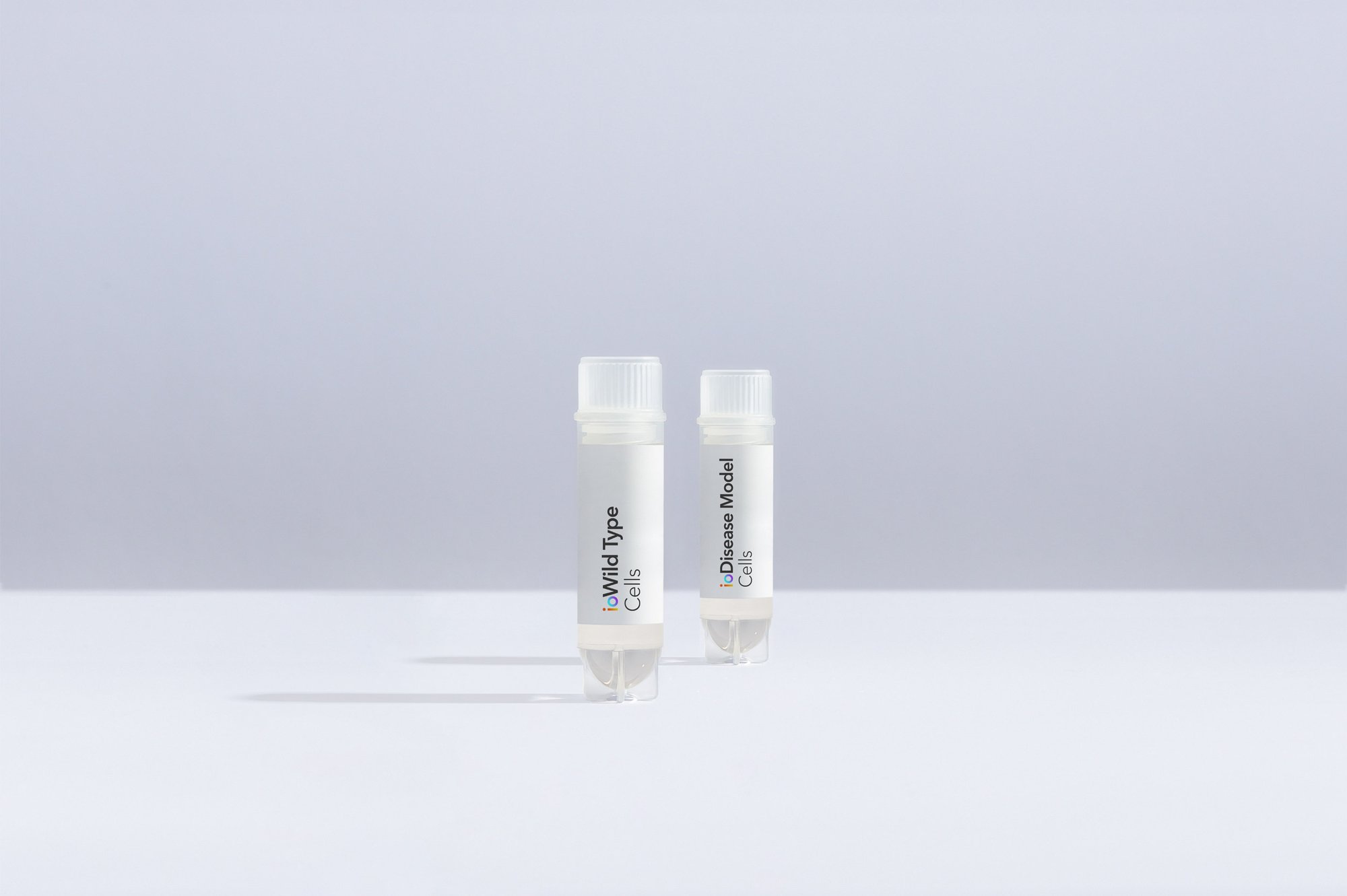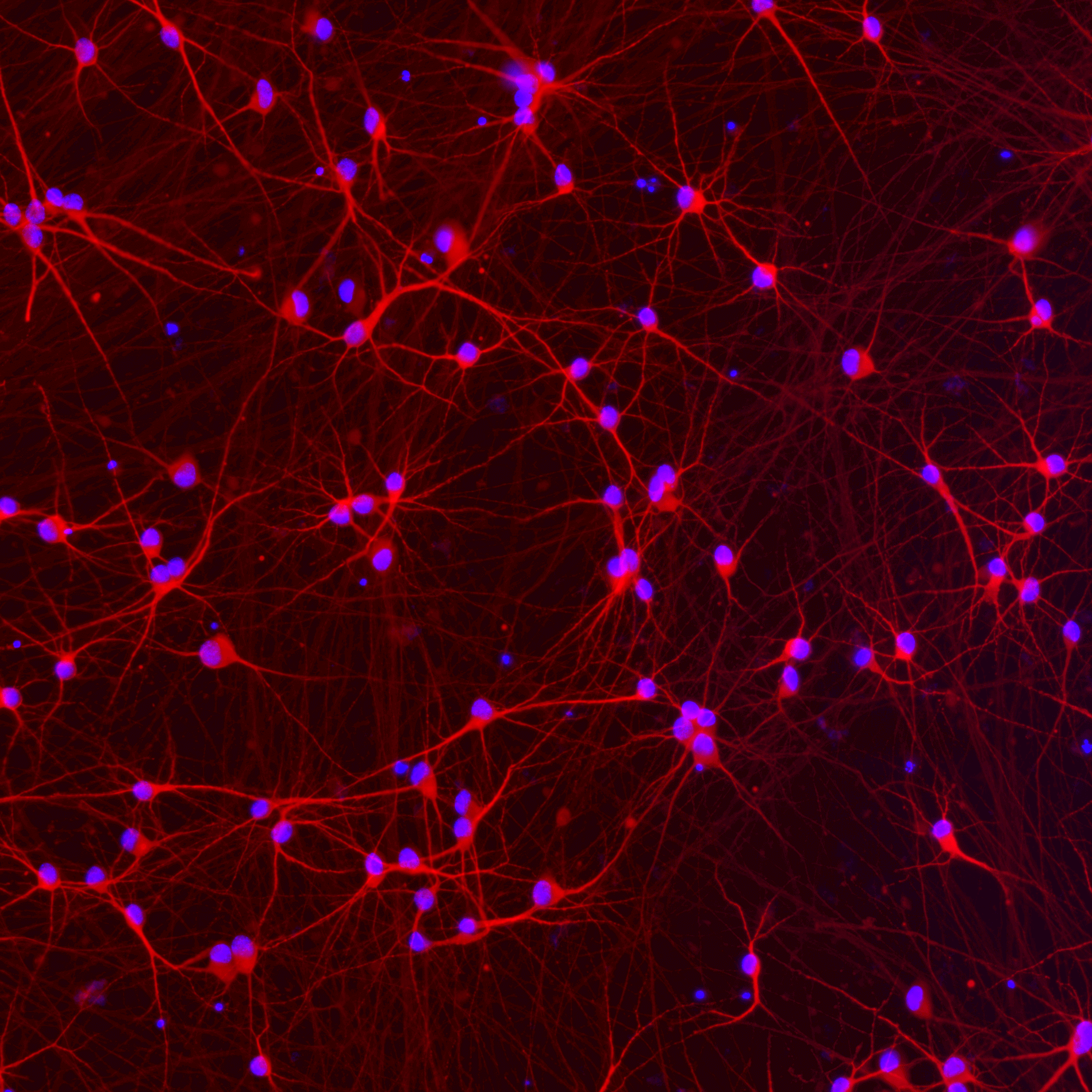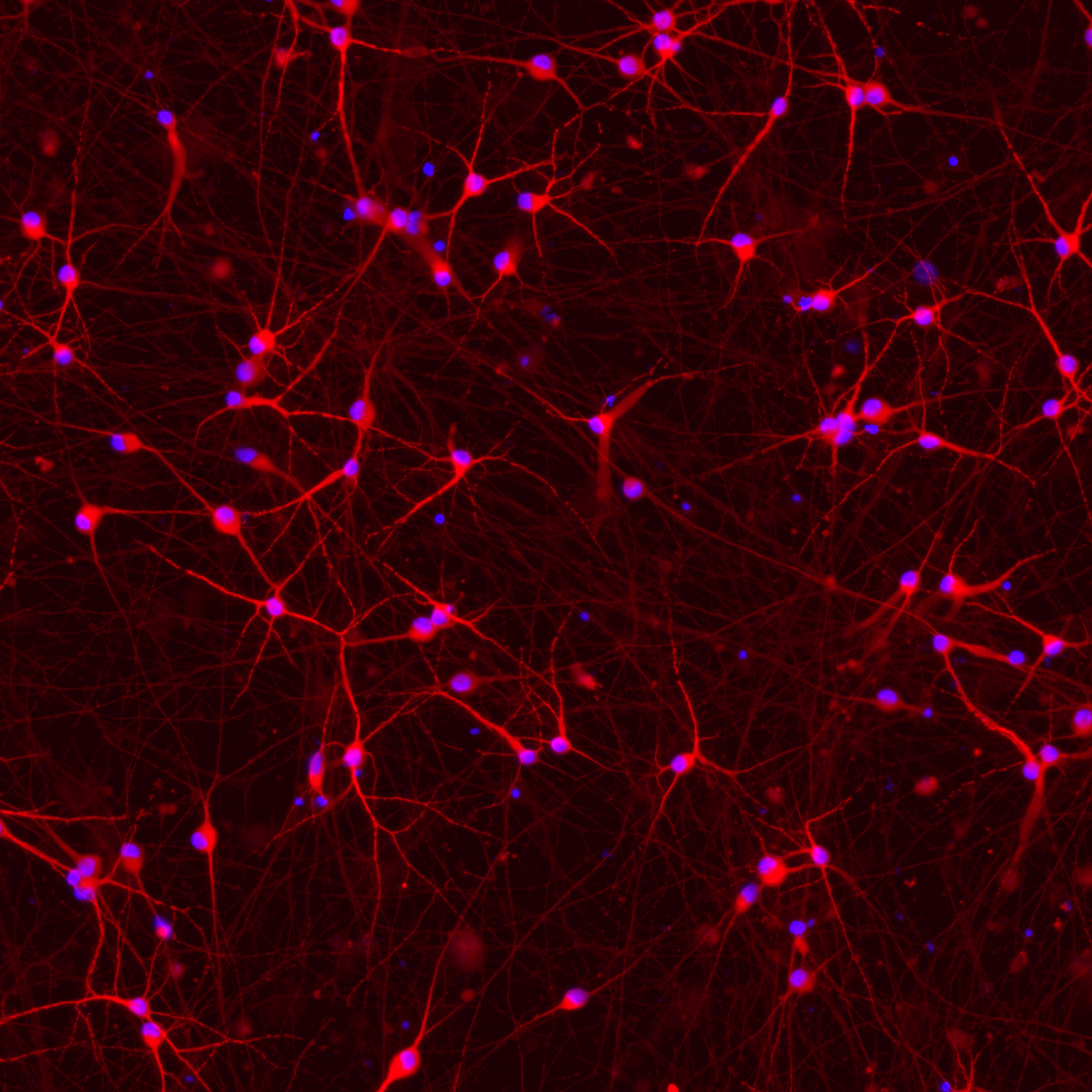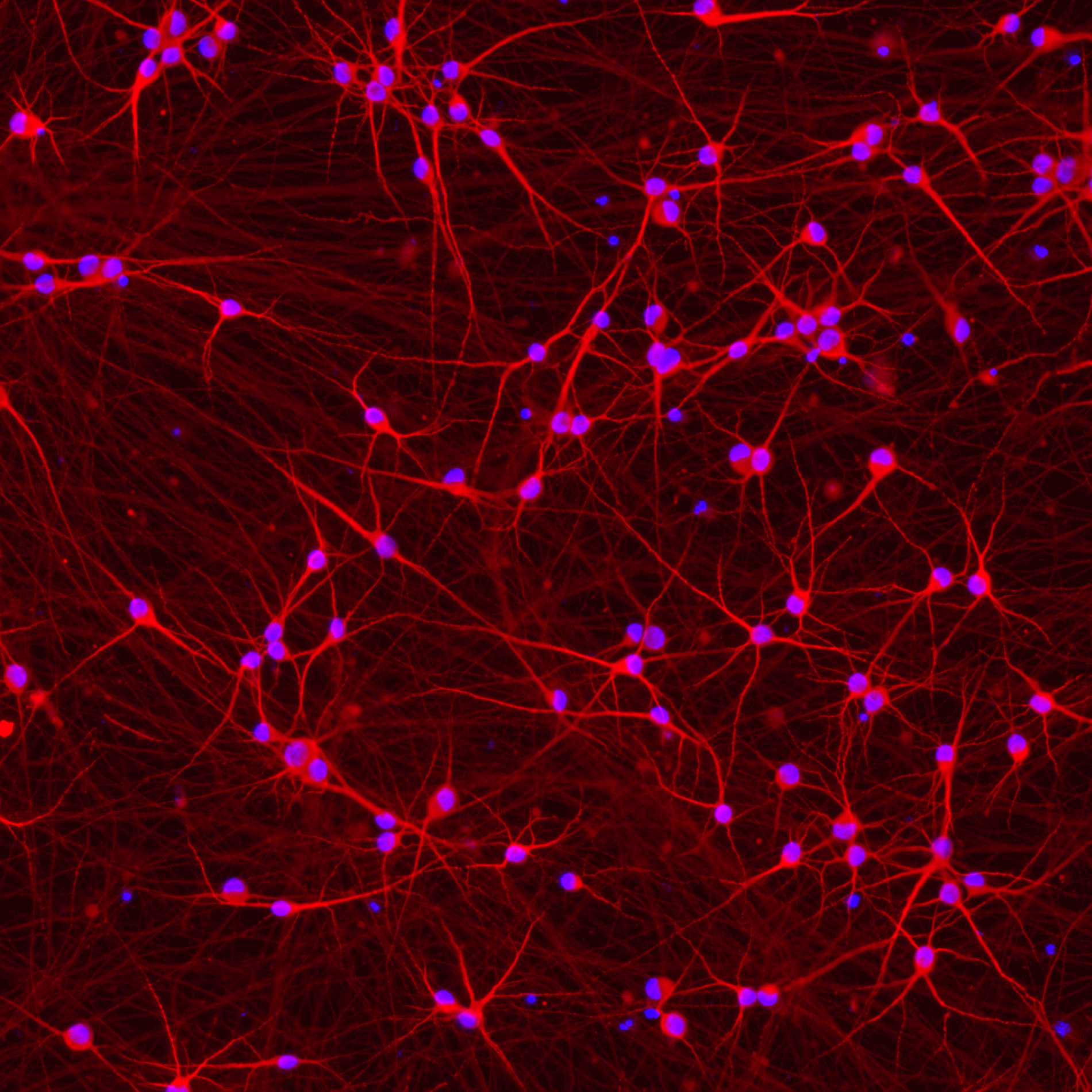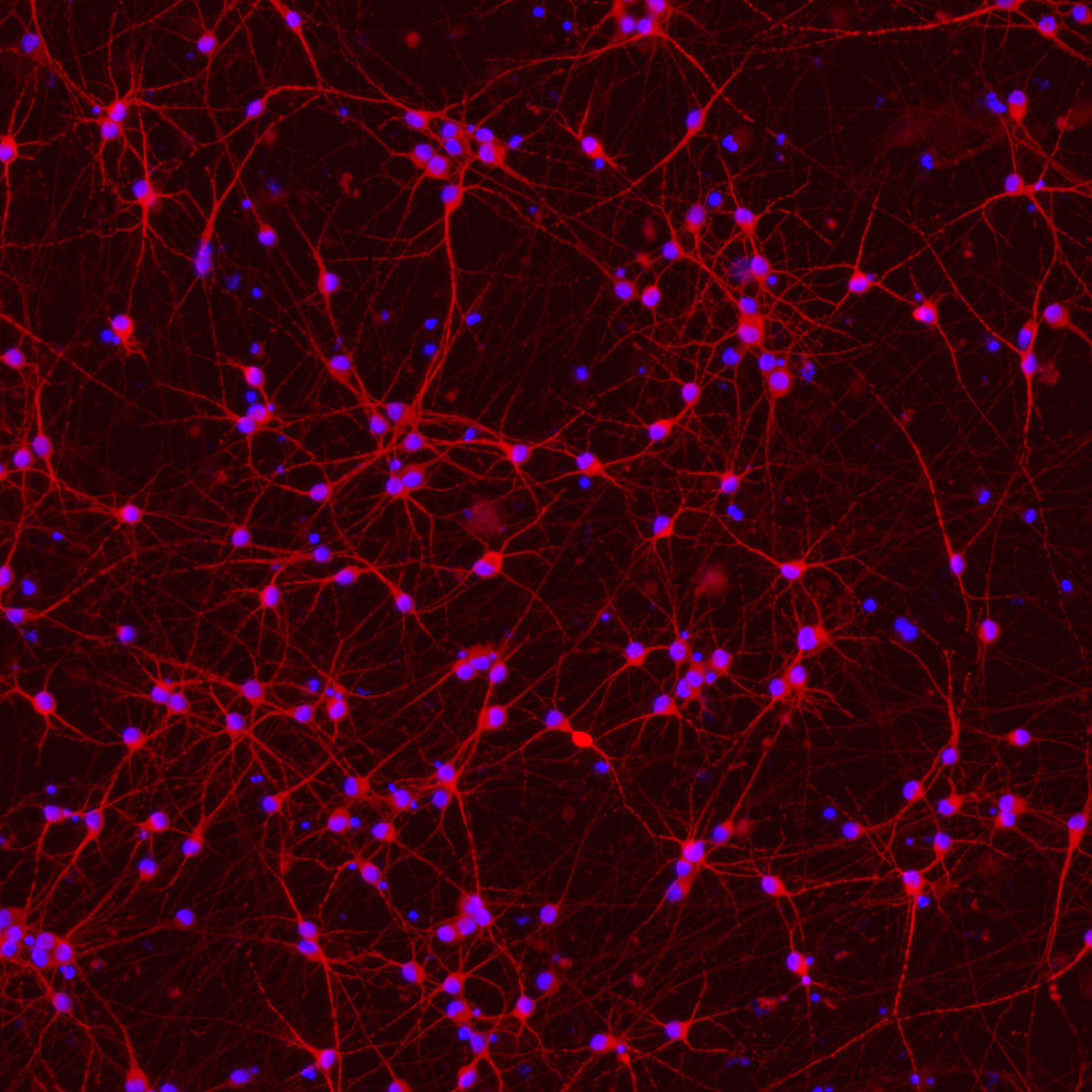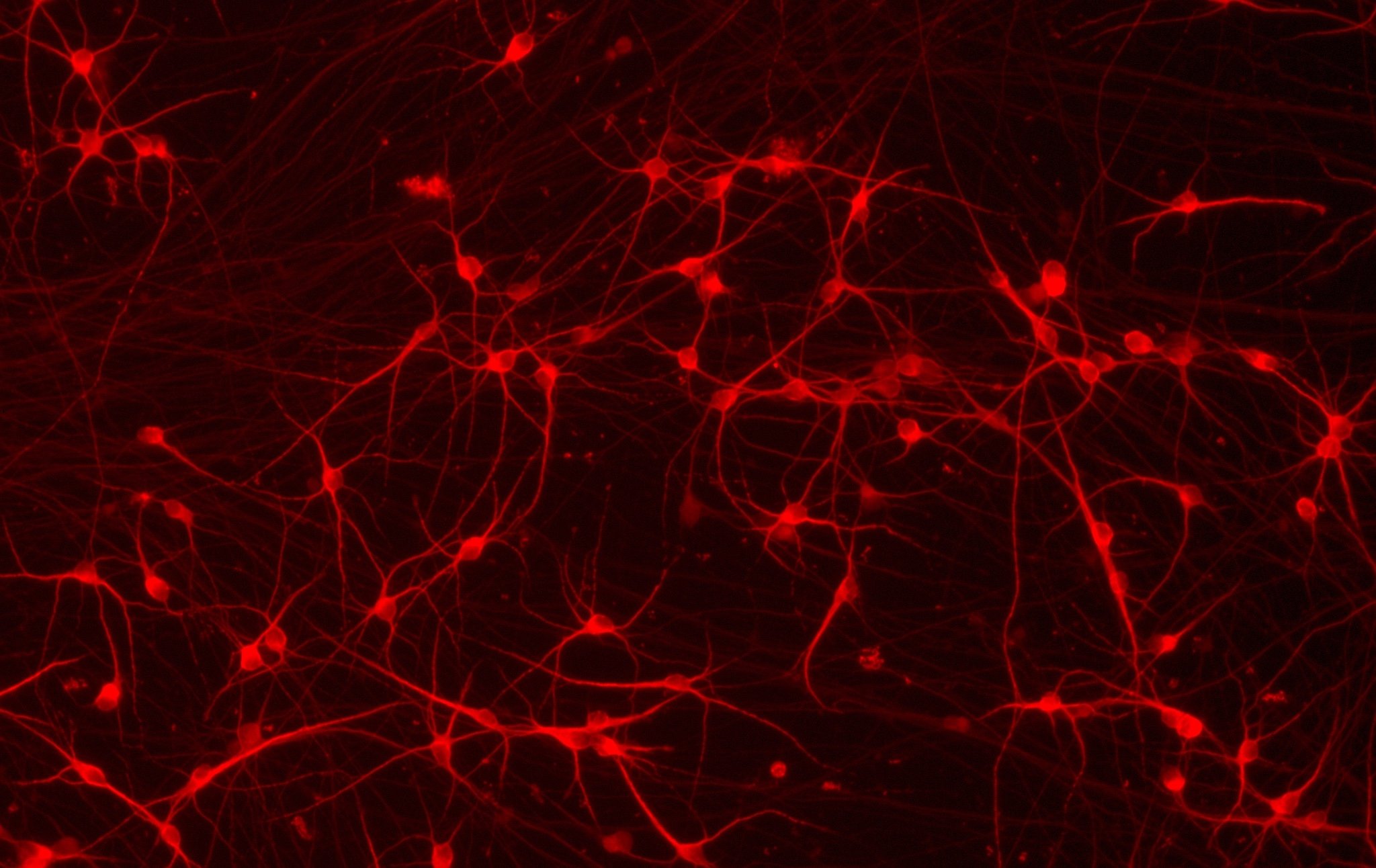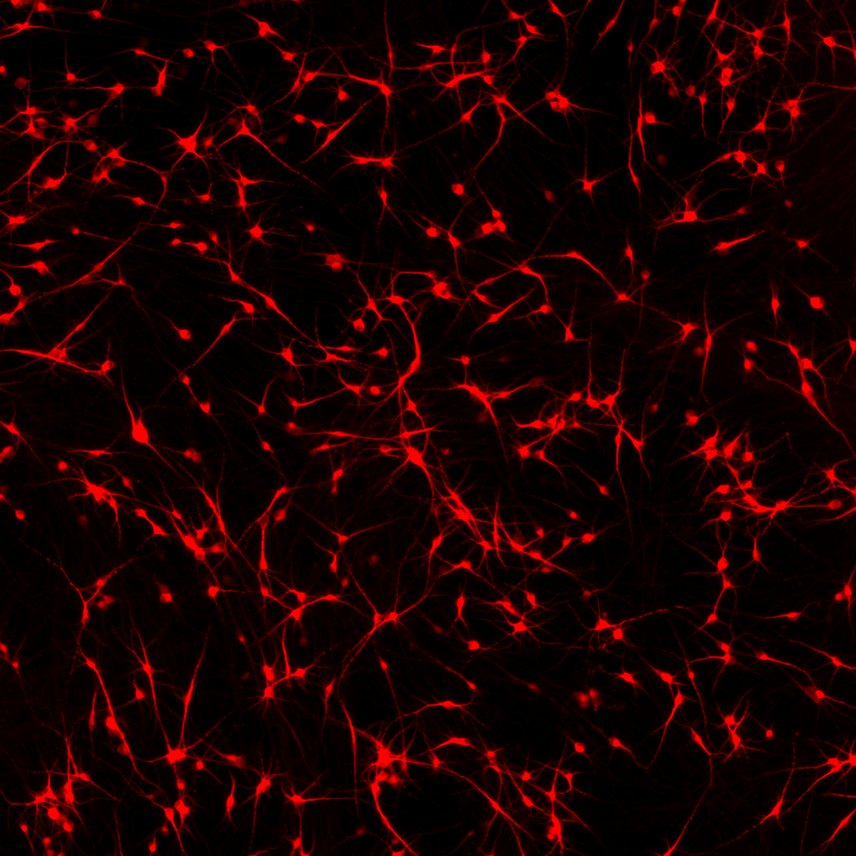A rapidly maturing, physiologically relevant, functional system for investigating the role of the APP London mutation in early-onset Alzheimer's disease (AD). This in vitro disease cell model recapitulates an increased ratio of amyloid beta peptides A𝛽42:40, as observed in AD.
ioGlutamatergic Neurons APP V717I/WT are opti‑ox deterministically programmed excitatory neurons carrying a genetically engineered heterozygous V717I mutation in the APP gene encoding amyloid precursor protein.
This disease model is part of an Alzheimer's disease panel of human iPSC-derived cells that can be incorporated into translational research and drug discovery workflows. A second clone for the APP V717I het mutation is available for scientists who wish to repeat their experiments in independent clones, please enquire. All disease models are genetically matched to the wild type control, ioGlutamatergic Neurons. Additional mutations in the AD panel include homozygous APP V717I , and heterozygous and homozygous APP KM670/671NL and PSEN1 M146L, alongside AD-relevant mutations in ioGABAergic Neurons and ioMicroglia.







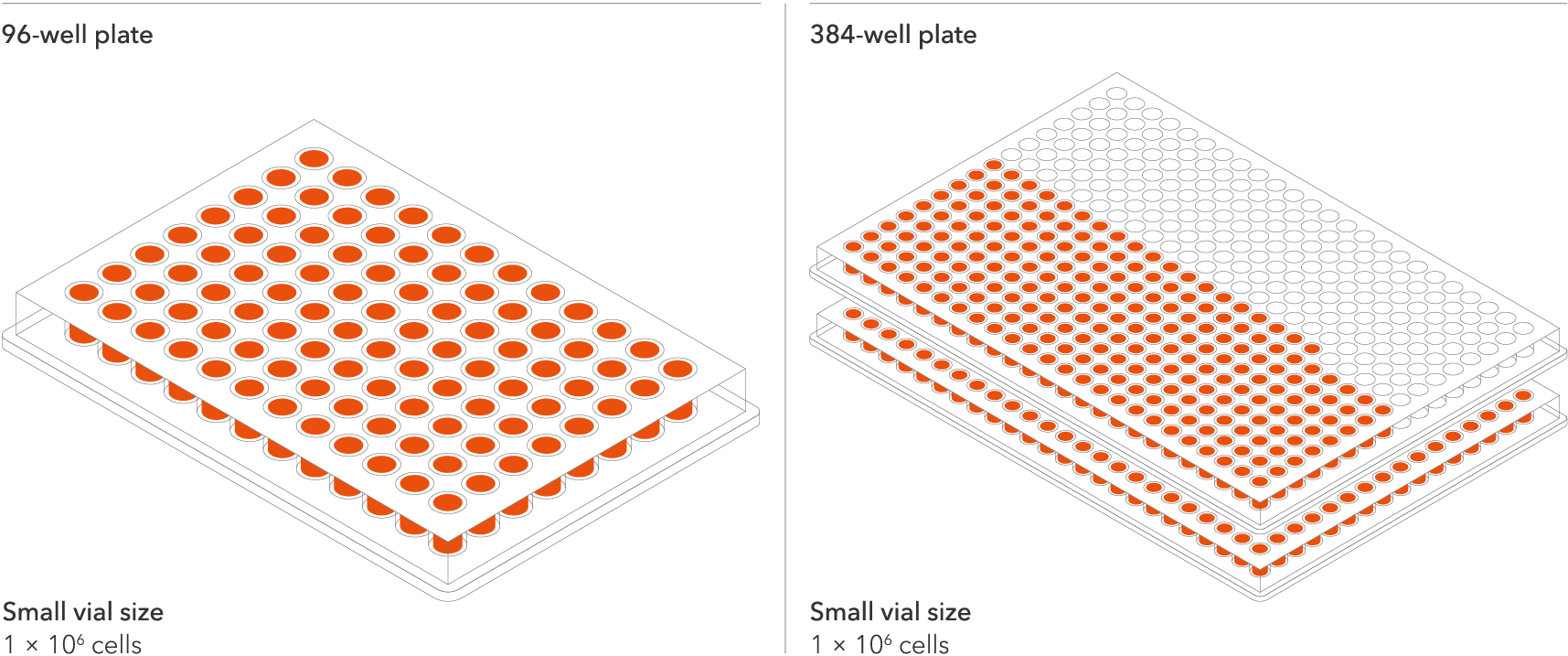




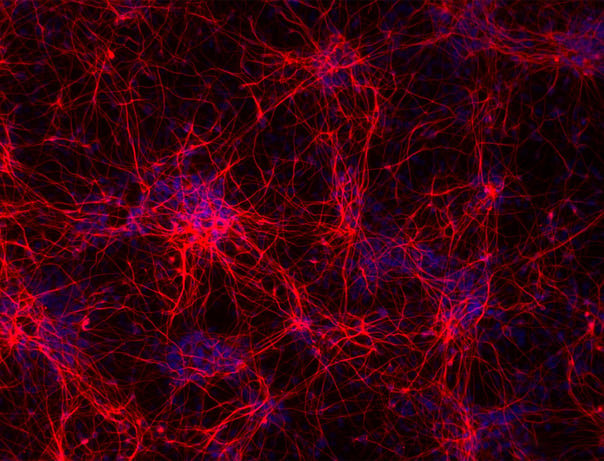

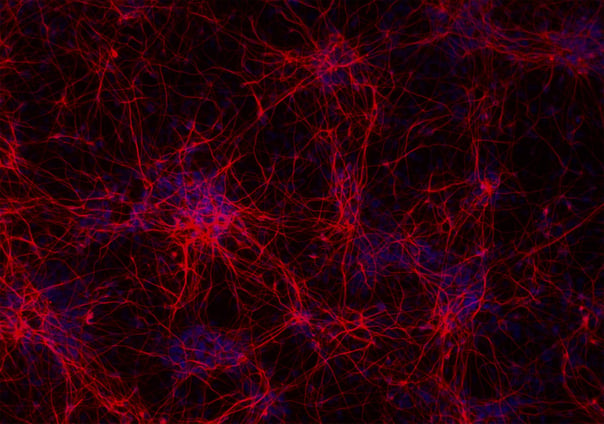


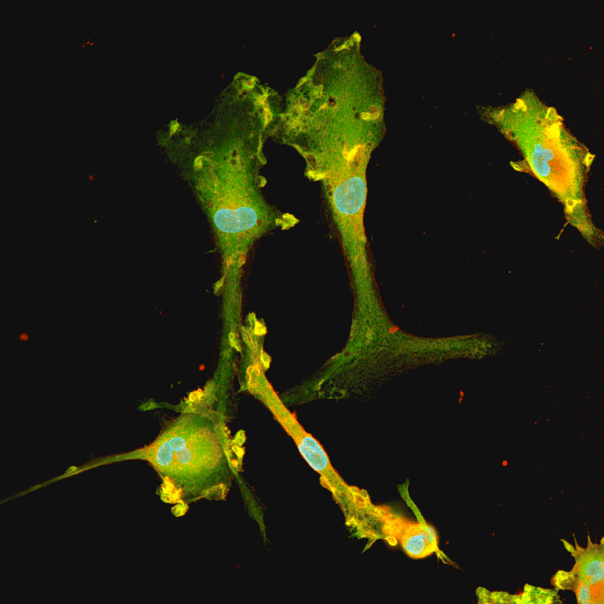
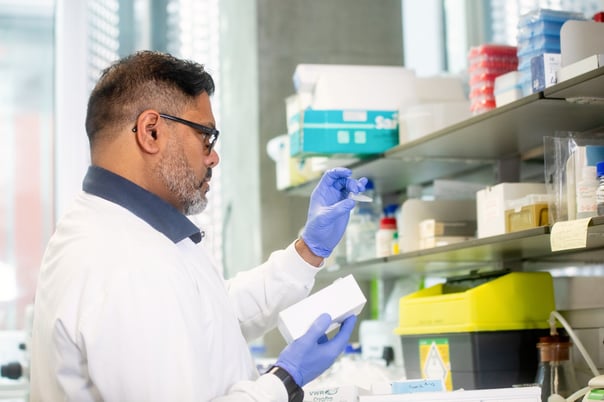
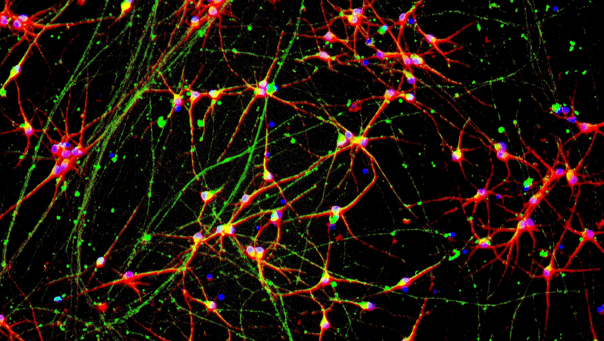
Hoescht(blue)TUBB3(blue)_day4.jpg?width=604&name=bit.bio_ioGlutamatergic%20Neurons_60xMAP2(red)Hoescht(blue)TUBB3(blue)_day4.jpg)
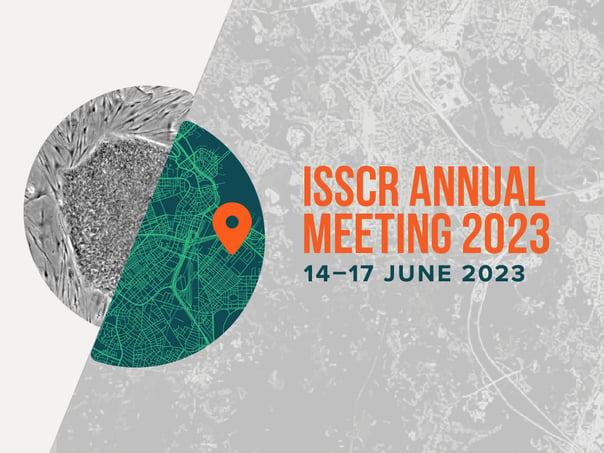
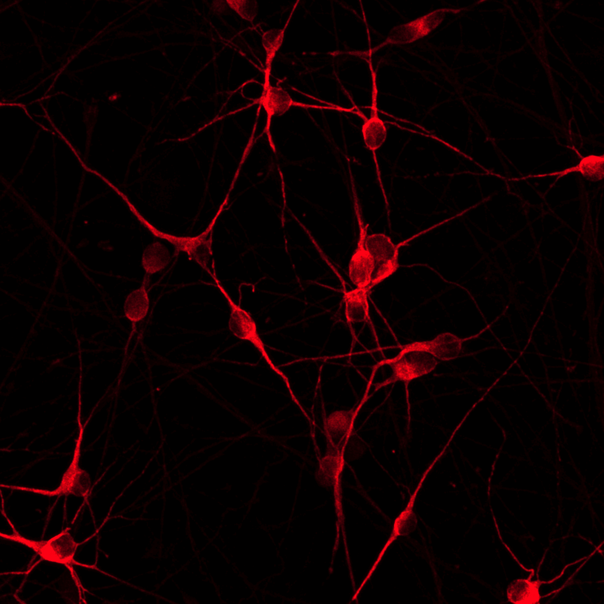
.png?width=1860&height=1260&name=bit.bio_3x2_ioGlutamatergic%20Neurons_MAP2_Hoescht_x20_hi.res%20(1).png)
